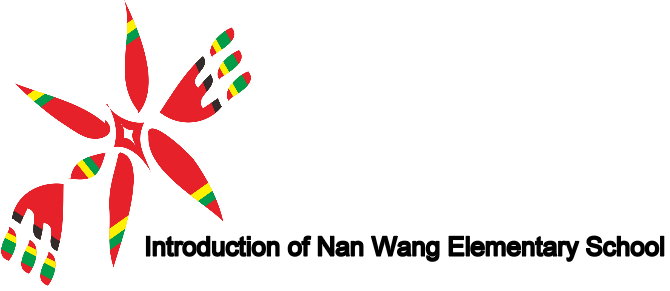Introduction

Nang Wang Elementary School was founded in 1896, which is the beginning of the formal acceptance of the education by the Taiwanese aborigines. It has been 120 years, and it’s a aboriginal school which has very long history. 1897, it was Beinan branch of Taitung Japanese Language Training School, and school name changed several times. Then it was ordered to change its name to Nang Wang Elementary school in 1968.
The school is located in Nang Wang Community (Puyuma Tribe) of Taitung suburbs and next to Beinan Junior High school and National Prehistoric Cultural Park. The campus area is about 23,668 square meters and 60% of the students are in Puyuma Tribe. 80% of the students are aboriginal. It’s the highest
proportion of Aboriginal students in Taitung City.
It is the trial period of aboriginal experimental education schools in 2016, the tentative school name is Nang Wang Puyuma Garland experimental School. Puyuma means one of the ten tribes. Puyuma means unity in their old saying, and the garland is the most prominent feature of Puyuma wearing apparel. Puyuma people wear garland to express respect in any important occasion, including in the wedding or funeral. That’s why we name the school “Nang Wang Puyuma Garland experimental School”. We hope to learn together and help each other in the education of Puyuma culture. In the future, they will become a humble and respected person.
The educational goal is that we hope to cultivate children with active learning ability and good character development. Through the cultural context of the students' living environment and practical participation, let the children know their own land of life, learn to respect and appreciate different cultures.
Find their own interests and talents then play their own talent, to get the spirit of the curriculum "Voluntary, interaction and peace''. Under the educational vision of language rejuvenation (recovery), cultural deepening and rootedness, we hope the students possess dual cultural abilities then encourage them to share their talents and create the peak experience of learning.